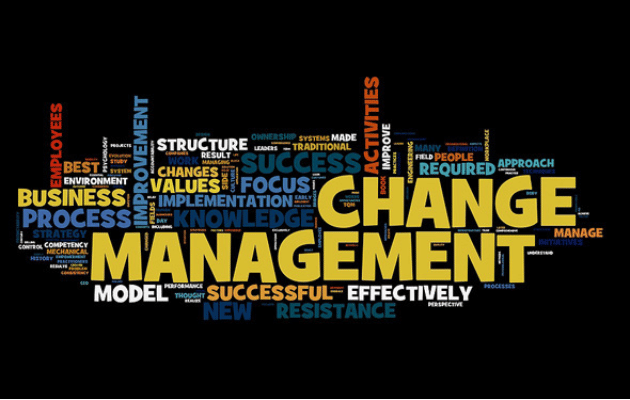ERP Change Management - Why Size Matters
We frequently talk to our clients about the role of effective change management in achieving ERP implementation success. Whilst the principles and components of a good Business Change Management methodology apply in any context, the size and shape of the organisation can have a major bearing on attitudes and approaches to change.
Adopting a sound strategy and structured change management plan will always contribute to the success of your project, but there is no 'one size fits all' approach. A good Change Manager must tailor their approach to the size, scale and nature of the business. Here are 3 factors to consider when approaching change management in organisations of differing sizes:

1. Change in large organisations can be like steering a ship
The challenge of managing change is often amplified when a large workforce is involved, for a variety of reasons:
- Organisational and governance structures can be more complex, making stakeholder engagement and buy-in more difficult.
- There may be multiple variations of the "current state", complicating the identification of change impacts on people and processes.
- The logistics of delivering communications and training to a large audience requires more time, effort and resource.
2. Change in small businesses -"small" does not always mean "simple"
Whilst smaller organisations typically have simpler structures and might be more nimble, they can present greater resistance to change and require more hand-holding:
- Small businesses are sometimes less accustomed and open to the rules and structures imposed by adopting standardised ERP processes.
- There is often a greater sense of ownership and personal attachment among staff to existing ways of working.
- The impacts of change are often felt more keenly within a smaller, tight-knit workforce.
3. Multi-company - change within change
In multi-company businesses, ERP implementation teams must often contend with the entire change spectrum. Dynamics can vary dramatically between Head Office and individual businesses or divisions within the group; larger and smaller entities; established companies and recent acquisitions... Each part of the group brings its own traits and politics, often complicating the Change Manager's job.
So, what do these differences mean for ERP projects in practice? Crucially, they reinforce the importance of effective stakeholder engagement at the core of the project, and tailoring communications and training to the organisation's size and culture. If you are rolling out a new ERP solution to a group of entities, your Change Manager should engage with each business separately to understand and respond to their unique characteristics within the broader group context.
Lumenia has a robust methodology for Business Change Management, which covers 5 key components: stakeholder engagement, project communication, workforce transition, training and benefits realisation.
This blog was written by Principal Consultant, Edward Abrahamson at Lumenia. If you would like further information on ERP Change Management please send an email to Edward Abrahamson.


